Spanish Colonialism and CHamoru Responses: The Aberigua Project
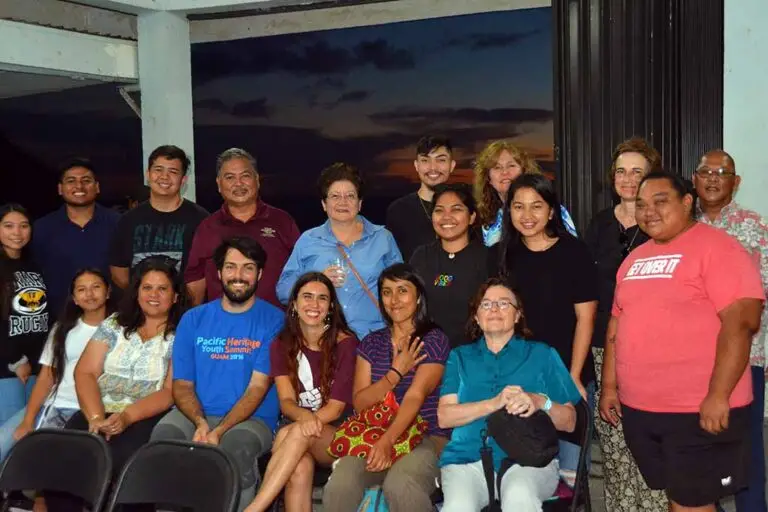
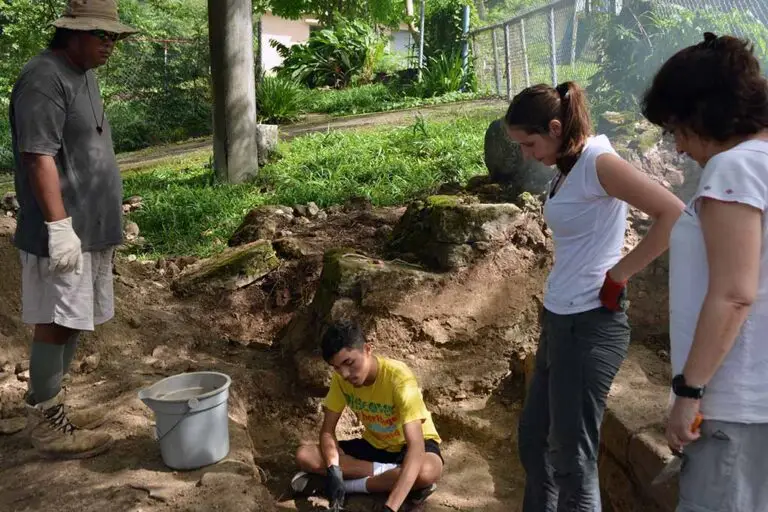
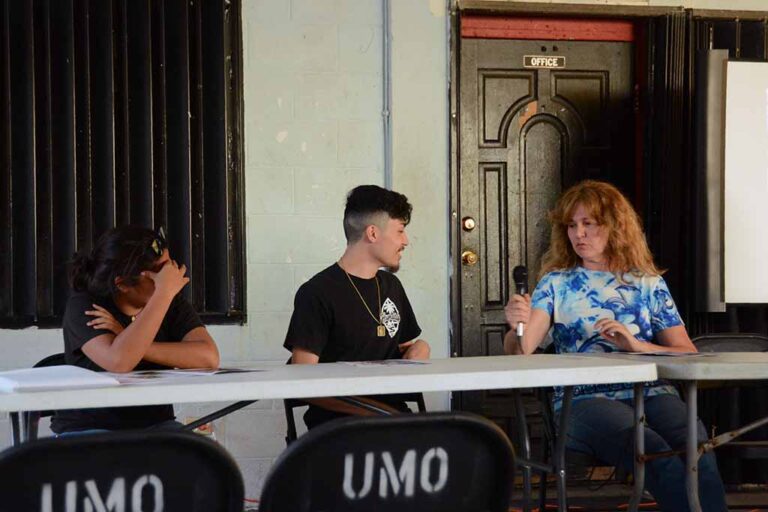
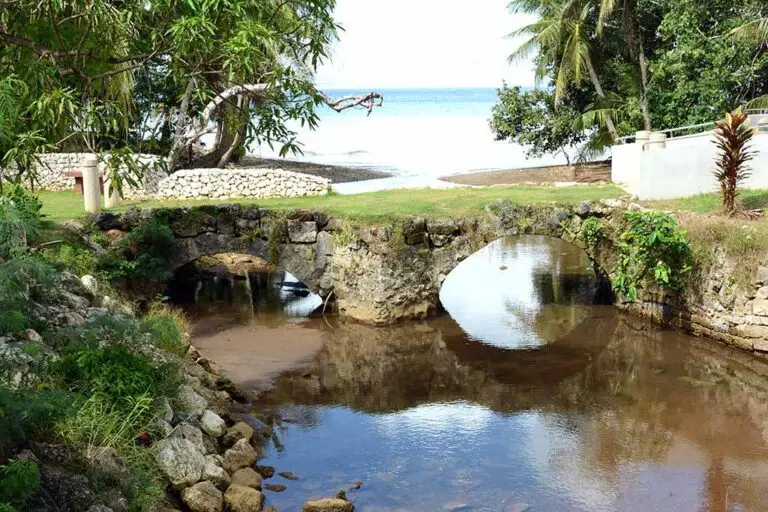
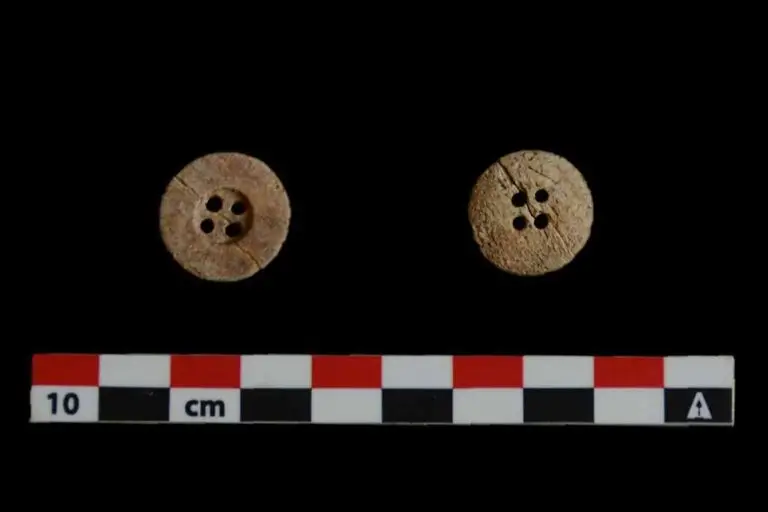
Table of Contents
Share This
Addresses misrepresentations focused in missionization
The research project Aberigua investigates the impact that Spanish colonialism had on CHamorus from a decolonial-depatriarchal standpoint aimed at redressing misrepresentations of communities, territories, practices, values, cultural logic, and ways of being. It scrutinizes the case-specific details of colonial strategies, with a focus on Jesuit missionization, and subsequent native responses, including processes of cultural identity, change and continuity. It endorses a long-term perspective that includes investigations on Latte rationalities to understand the real impact brought by the colony.
Aberigua places the study of material culture, gender, daily life, and maintenance activities in the center. Maintenance activities is a concept that highlights the structural nature of a set of routine daily practices essential to social continuity and community wellbeing. Examples of this are care-giving, food-processing, textile manufacture, hygiene and health, the socialization of children, and the arrangement of residential spaces and shelter. The structuring role guarantees the routine and recurrence of the group’s activities, and/or channeling changes into new routine and recurrence patterns, i.e. into “new normalities” that reinstate basic stability and sustain social continuity.
Marianas’ colonization, which came during the Latte Era (Circa 900 BC – 1690 AD) was initially conceived and implemented as a mission project under the leadership of Jesuit Diego Luis de Sanvitores. Sanvitores himself stated that he aimed not so much at the conquest of a new territory and riches, which were not abundant in the islands, but at the evangelization of its inhabitants. The colonization of native lifeways and modes of being were thus part of it, and this is why missional colonial policies targeted maintenance activities. This is required because, in order to forcibly implant a new social coherence and routinized cultural logic, maintenance activities must be un-structured so they can be re-configured, as they cannot remain the same. Cultural logic and daily life practices are inseparable.
Colonial changes had a more severe impact when the reducción forcibly concentrated CHamorus in a reduced number of settlements, mainly in the south of Guahån (Guam). Many CHamorus were uprooted from their ancestral lands, relocated to unfamiliar places, and forced to live in a different way, based on the imposition of foreign institutions and customs and the destruction of their own.
The substitution of the misleadingly named guma’ulitaos or bachelor houses (there were also women in these houses) by Jesuit schools is a telling example. Existential disorientation must have also followed, especially considering the emotional bonds that unite people and land in oral societies.
"Civilizing" the natives
Reducciones were aimed at “civilizing” CHamorus by changing daily routines into new introduced ones. New corporeal disciplines related to food, health, care, dress or sexuality were imposed through the joint work of Jesuit churches and schools. Clothing, for instance, meant much more than covering the body with strange garments. The dress functioned as a disciplinary apparatus that represented values such as modesty, shame, decency, discretion, and virtue, and dictated how a person should be.
For the first time in the Mariånas, the socialization of children was partly externalized in segregated spaces where an identification with Jesuit rationality was promoted. These schools proved to be a particularly appropriate mechanism for influencing the future. Not surprisingly, Spanish sources praise the effort put into the “hunting” of boys and girls, who are compared to the leavening that will raise Christianity in the islands. These new cultural habits and values were not only different, but often irreconcilable with previous ones.
Important sectors of native CHamorus forcefully resisted missionization. The so-called CHamoru Spanish wars are a clear example, but the written sources provide many other examples of resistance rooted in daily attitudes and strategies: people who rejected dress, monogamous marriage, or who hid children so they would not be found by missionaries. Such resistance turns even more dramatic when we take in mind the role of tradition in oral societies without pronounced social stratification or division of labor. In such societies, like that of the CHamorus during the Latte period, doing things the same way they have always been done is valued and pursued. It is important not to forget this if we are to fully understand the significance of the changes and continuities that reducciones brought.
Added racial and gender hierarchies
Aberigua also scrutinizes how reducciones racialized and indigenized the local population, fostered new social hierarchies and promoted new models of masculinity and femininity in a much more asymmetrical power relationship than the one that had existed until then between men and women. Jesuit missionaries had a very clear idea about the roles, behaviors, attitudes and values that should characterize men and women, and that the natural state of the latter was subordination to the former.
At the same time, it is important not to forget that such processes took place in a historical conjuncture of patriarchal times and reaffirmation in Europe that propagated the male way of being that was dominant on the continent at that time, and that concomitantly created and/or aggravated women’s subordination and disempowerment both in Europe and in many other places that came under its influence and domination.
Changes in world view
What happened in the Mariånas also epitomizes how societies with distant cultural logics were brought into coexistence by modern colonialism. What colonization initially meant to CHamoru and Spanish colonial agents must have been radically different from each other. For CHamorus, what was put at stake was the very structure of their own world and the bonds that connected them to it; the human ordering they made of their surroundings in the course of everyday interactions, practices and experiences.
While maintenance activities channeled cultural changes, they also worked as reservoirs of traditional knowledge up until the present. Plaiting (weaving) is a clear example. The persistence in the manufacture and use of objects that belonged to the CHamoru heritage undoubtedly contributed to mitigating the feelings of dismay and disorientation that must have followed the forced renunciation of many traditions and the relocation in reducciones. Through the weaving of plant fibers and the transmission of this know-how to future generations, CHamoru women nurtured and kept alive the connection with their ancestral traditions, for themselves and for the group as a whole. Weaving palm and pandanas objects was thus a true act of cultural reaffirmation and group survival in the new normality.
Humåtak excavations
Aberigua conducted archaeological excavations in Humåtak, which was one of the main reducciones villages in Guahån. At the request of the local community, excavations took place at the San Dionisio church and cemetery. San Dionisio was established as part of the global expansion of Jesuit missions in the 17th century. It bore testimony to the advance of the Jesuits on the island, their expulsion and replacement by the Augustinian Recollects in 1769, and the substitution of Spain by the US as a new imperial power in Guåhan, which roughly coincided with its abandonment in 1898.
The church also witnessed episodes of native resistance, in which it underwent destruction and reconstruction several times, in parallel with a process of empowerment over the community that could be seen in the increasingly monumental architecture that distinguished it from the ordinary dwellings of the local population. Undoubtedly, the funeral ritual was another of the customs that underwent an important transformation with the colonization of Mariånas.
During the Latte period it was common to bury the dead under or in the vicinity of the Latte houses, while the mission relocated burials to the church. This process was also contested by the local population and caused several confrontations. Spanish sources also mention that the Jesuits burned effigies of native idols and forced CHamorus to rebury the skulls of their ancestors that they venerated at home.
Aberigua also operates in Spain, where most of its members live, through research and dissemination actions aimed at scrutinizing colonial-patriarchal biases in discourses of the past and politics of historical memory in the present. This is why we proposed and participated in the collective exhibition Biba CHamoru, which was displayed at the Spanish National Museum of Anthropology from November 2021 to March 2022 within the acts to commemorate the quincentennary of Ferdinand Magellan’s circumnavigation.
Aberigua wanted to counteract masculinist grand narratives that celebrated the expedition’s adventures, glory and grandeur through redressing misrepresentations of Indigenous communities, such as CHamorus, that helped the expedition survive. To Aberigua, this is a way of diluting divides between popular and decolonial-depatriarchal understandings of colonialism, which we understand as a necessary step in constructing a less colonialist global future.
By Sandra Montón Subías
For further reading
Anderson-Taft, Tammy Jo. “Weaving.” In Guampedia.com, last modified 7 February 2023.
Atienza, David. “CHamoru ‘Adaptive Resistance’ During the Spanish Conquest and Colonization of the Marianas Islands.” Paper presented at the 4th Marianas History Conference, University of Guam, 31 August 2019.
Driver, Marjorie G. “Cross, Sword, and Silver: The Nascent Spanish Colony in the Mariana Islands.” Pacific Studies 11, no. 3 (1988): 21-51.
García, Francisco, SJ. Vida, y Martyrio de el Venerable Padre Diego Luis de Sanvitores. Madrid: Imprenta de Juan García Infanzón, 1683.
I Estoria-ta: The Mariana Islands and Chamorro Culture. Madrid: Ministerio de Cultura y Deporte, 2021.
Martínez Pérez, Jesús, ed. Fray Juan Pobre de Zamora: Historia de la Pérdida y Descubrimiento del Galeón “San Felipe.” Ávila: Institución Gran Duque de Alba, 1997.
Montón-Subías, Sandra. “Gender, Missions, and Maintenance Activities in the Early Modern Globalization: Guam 1668–98.” International Journal of Historical Archaeology 23, (2019): 404–429.
Montón-Subías, Sandra, and Almundena Hernando Gonzalo. “Modern Colonialism and Cultural Continuity Through Material Culture: An Example from Guam and CHamoru Plaiting.” International Journal of Historical Archaeology 26, (2022): 823-847.
Montón-Subías, Sandra, Natalia Moragas, and James Morrison Bayman. “The First Missions in Oceania: Excavations at the Colonial Church and Cemetery of San Dionisio at Humåtak (Guam, Mariana Islands).” Journal of Pacific Archaeology 11, no. 2 (2020): 62-73.
Moral de Eusebio, Enrique. “Sexual (Mis) Encounters in the Mariana Islands: Tracing Sexuality in Spanish Policies and CHamoru Responses to Contact and Colonization, 1521-1769.” PhD thesis, Departament d’Humanitats, Universitat Pompeu Fabra, 2022.
Peña Filiu, Verónica. “Foodways, Missionaries, and Culinary Accommodation in the Mariana Islands (1668–74).” Journal of Jesuit Studies 9, no. 2 (2022): 263-280.
Souder-Jaffery, Laura Marie Torres. Daughters of the Island: Contemporary Chamorro Women Organizers on Guam. 2nd edition. Lanham: University Press of America, 1992.
